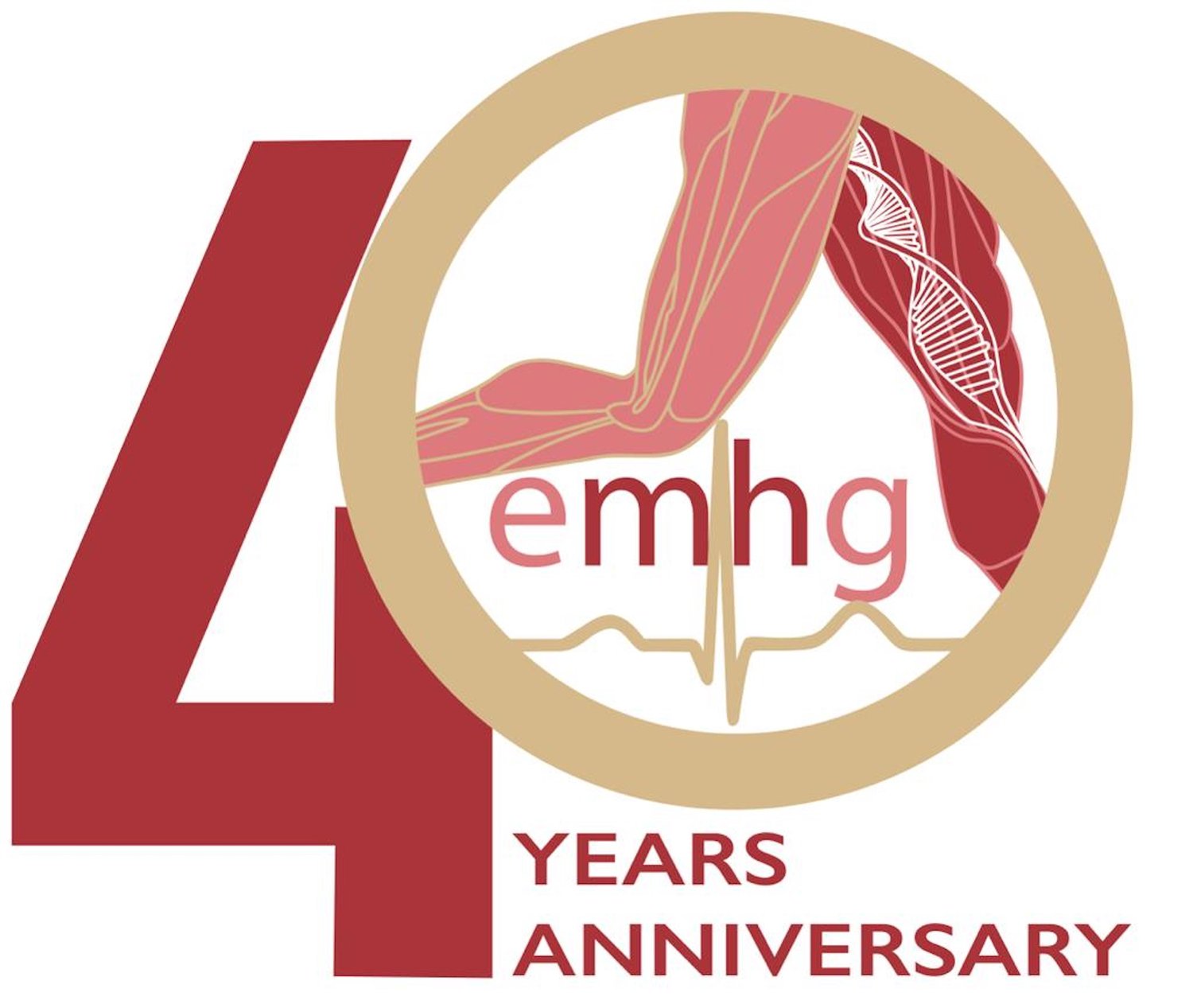Use of Penthrox (methoxyflurane)
/Situation
The increasing and widespread use of Penthrox® (Methoxyflurane), makes it relevant for the European Malignant Hyperthermia Group to address the potential risk of malignant hyperthermia (MH) related to the use of this volatile anaesthetic agent.
Background
Methoxyflurane is a volatile anaesthetic agent that was withdrawn from the anaesthetic pharmacopaedia in the 1970s dues to its adverse effects on renal function. However, during that time, it was found that methoxyflurane exhibited analgesic effects at lower doses which did not appear to cause the same adverse effects. It was also found that methoxyflurane could trigger an MH-reaction in MH-susceptible individuals.
Some years later, Methoxyflurane was relicensed as an inhalational analgesic agent known as Penthrox®. As such, it has enjoyed a recent resurgence and is currently used for the treatment of acute pain in the pre-hospital and emergency department/acute admission setting. It is currently licensed for analgesic use in Australia, Europe, New Zealand, and the United Kingdom.
Concerns have been raised that Penthrox® could trigger an MH reaction in susceptible individuals, either directly (patient use of Penthrox®) or indirectly through exposure of a susceptible individual in the vicinity of a Penthrox®-user.
Review of the literature demonstrates that in a 3 ml dose of pure methoxyflurane through the Penthrox® delivery system yields a standardised minimum alveolar concentration of 0.3 MAC-hours (Dayan A, 2016). For comparison, a dose of 2 MAC-hours is considered the upper safe limit of nephrotoxicity (Dayan A, 2016).
Dosing of Penthrox®.
The current dosing regimen for Penthrox®is no more than 2 doses (6ml) methoxyflurane in a day and no more than 5 doses in a 1 week. 6mls of methoxyflurane back-to-back, this could lead to a dose of around 0.6 MAC-hours, Current SOPs mandate the administering individual to ask the patient whether they have any history or family history of problems with general anaesthetics (especially MH) – as a screening question prior to administration.
The risk of exposure to an MH susceptible individual in close proximity to a patient using Penthrox®
The delivery system for Penthrox®, when assembled and used correctly, carries an exhaust port tightly connected to an activated charcoal (AC) filter, through which all the exhaled gas passes before being released into the environment. In the AC filter, most of the Methoxyflurane is adsorbed and removed from the exhaled air. Recent work by Frangos et al. (2020) demonstrates that in an emergency department environment (triage rooms with no significant ventilation systems), the median amount of Methoxyflurane exposure after an 8 hour shift was approximately 0.017 ppm (range 0.008 – 0.736 ppm). This is far below the accepted upper limit of exposure that is considered safe for an MH susceptible individual, which is currently 5 ppm.
Assessment
Currently, there are SOPs for Penthrox® use by the administering practitioner (background questions asked, equipment assembled correctly, delivery device used correctly and adhering to a maximum dose of no more than 2 x 3 ml within 24 hours etc.)
There are currently no recommendations for MH-susceptible individuals with regards to the use of Penthrox® in their (the individual’s) proximity.
EMHG view
The European Malignant Hyperthermia Group is aware of the use of the volatile anaesthetic agent methoxyflurane in low doses (marketed as Penthrox®) as an analgesic agent in both pre-hospital for pain relief and in-hospital for short painful procedures.
For Malignant Hyperthermia (MH) susceptible individuals who require analgesia, Penthrox® should be avoided as it carries a risk of triggering an MH episode. It is important to always ensure that the patient is not at an increased risk of MH susceptibility prior to the administration of Penthrox®. Alternative analgesia should be offered.
When assembled and used correctly (including the fitting of the activated charcoal filter), the exhaled air from the Penthrox®-device does not pose any risk to MH susceptible individuals who may be near to the patient. The expired levels of the agent are well below the minimum concentration threshold considered as the lower limit of exposure risk, (5 ppm).
References
Dayan A. Analgesic use of inhaled methoxyflurane: Evaluation of its potential nephrotoxicity. Human & Experimental Toxicology. 2016;35(1):91-100. doi:10.1177/0960327115578743)
Frangos J, Belbachir A, Dautheville S, Jung C, Herklotz K, Amon F, Dickerson S, Chomier B. Non-interventional study evaluating exposure to inhaled, low-dose methoxyflurane experienced by hospital emergency department personnel in France. BMJ Open. 2020 Feb 10;10(2):e034647. doi: 10.1136/bmjopen-2019-034647. PMID: 32047020; PMCID: PMC7045269.
C. Jephcott, J. Grummet, N. Nguyen and O. Spruyt: A review of the safety and efficacy of inhaled methoxyflurane as an analgesic for outpatient procedures; BJA 120(5): 1040-1048 (2018)

